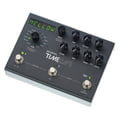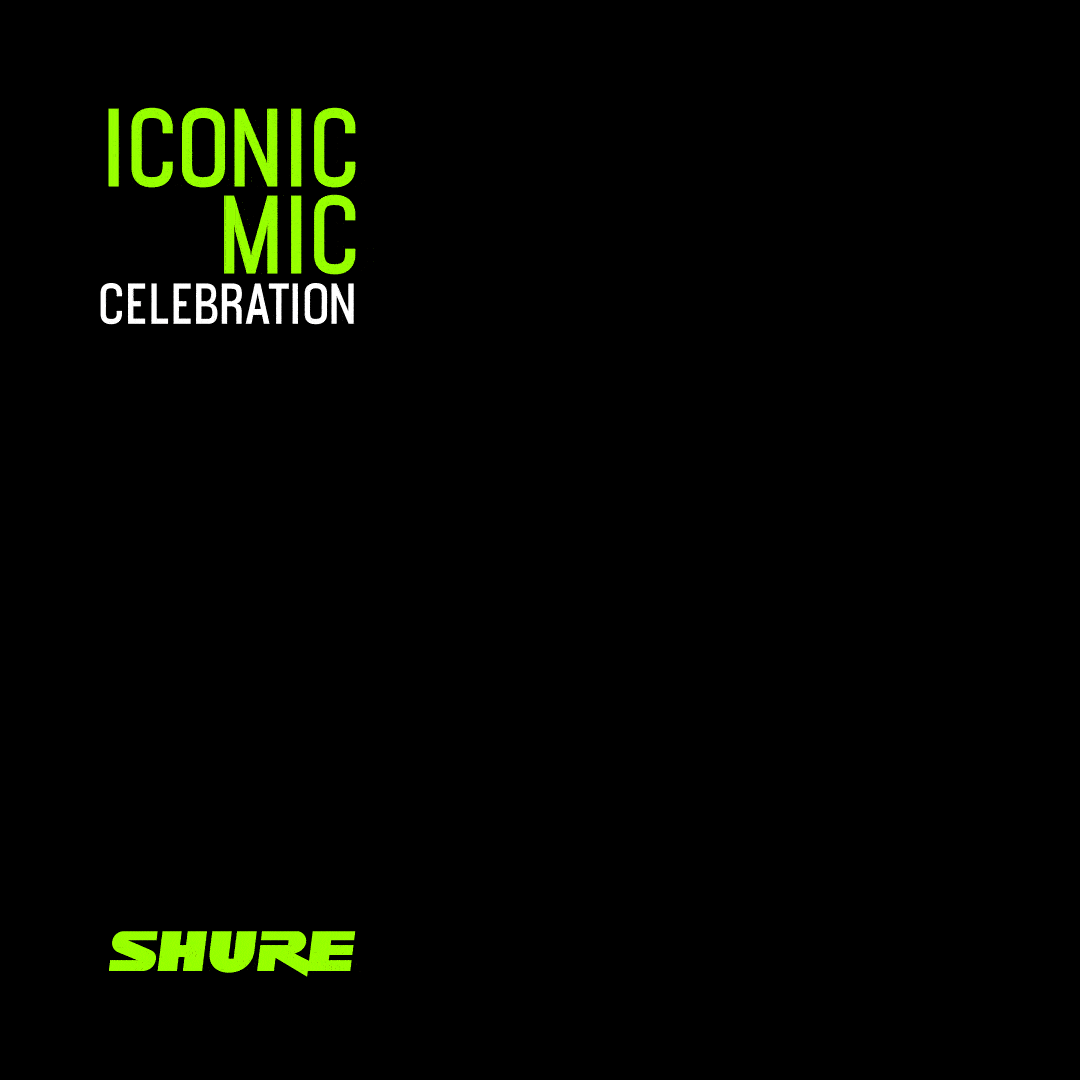
Best Single Loop Pedal: Boss RC-1 vs. TC Electronic Ditto+
In this a comparison blog post, I compare Boss RC-1 loop station and TC Electronic Ditto+ looper pedal for someone who is looking for a beginner loop pedal with one single loop function.
Loop pedals are a great tool for any musician, allowing you to record and play back musical phrases on the fly. If you're a beginner looking for a simple loop pedal with one loop, two popular options on the market are the Boss RC-1 Loop Station and the TC Electronic Ditto+ Looper Pedal. In this comparison article, we'll take a closer look at these two pedals and help you decide which one might be the best fit for you.
Size and Design
The first noticeable difference between these two pedals is their size and design. The Boss RC-1 is slightly larger and bulkier than the TC Electronic Ditto+. It has a more traditional pedal shape and is designed to be used on the floor. The Ditto+, on the other hand, is more compact and has a sleek, modern design that allows it to be easily integrated into a pedalboard. It can also be used on the floor, but it may not be as comfortable to use as the RC-1.
Looping Features
Both the Boss RC-1 and the TC Electronic Ditto+ are very simple loop pedals that allow you to record and play back one loop. However, the Ditto+ has a few additional features that make it more versatile. For example, it has the ability to store and recall up to 99 loops, and it also has a built-in effects loop that allows you to add effects to your loop. The Boss RC-1 does not have these features, but it does have a longer maximum loop time (12 minutes compared to the Ditto+'s 60 seconds) and an LED display that shows you the current loop status.
Sound Quality
When it comes to sound quality, both the Boss RC-1 and the TC Electronic Ditto+ deliver excellent results. They both have high-quality audio converters and are designed to preserve the natural tone of your instrument. However, some users have reported that the Ditto+ has a slightly warmer and more natural sound, while the RC-1 has a more clinical and digital sound.
Ease of Use
Both the Boss RC-1 and the TC Electronic Ditto+ are very easy to use. They both have a single footswitch that allows you to record, overdub, play, and stop your loop. However, the Ditto+ has a few additional features that may make it easier to use, especially for beginners. For example, it has a "one-knob" interface that allows you to control all the essential loop functions with a single knob, and it also has a built-in metronome and a visual tempo display that can help you stay in time.
Price
Finally, let's talk about price. The Boss RC-1 Loop Station typically retails for around $100, while the TC Electronic Ditto+ Looper Pedal is slightly more expensive at around $150. While the Ditto+ is more expensive, it does offer a few additional features that may make it a better choice for some users.
Conclusion
Both the Boss RC-1 Loop Station and the TC Electronic Ditto+ Looper Pedal are excellent loop pedals that are perfect for beginners looking for a simple, reliable, and easy-to-use looping solution. Ultimately, the choice between these two pedals comes down to personal preference and specific needs. If you're looking for a more traditional, pedal-shaped loop pedal with a longer maximum loop time, the Boss RC-1 may be the best choice for you. If you're looking for a more compact and versatile pedal with additional features like effects loop and loop storage, the TC Electronic Ditto+ may be the better choice.
Strymon Big Sky Plugin vs. Pedal: Is It Worth It?
In this blog post I compare the Strymon Big Sky Effect Pedal and the Strymon Big Sky Plugin and whether the plugin is worth it for someone who can't afford the effect pedal.
When it comes to high-quality effects pedals, Strymon is a brand that has made a name for itself in the music industry. The Strymon Big Sky Effect Pedal and the Strymon Big Sky Plugin are two products from the same brand that are worth comparing. While the Big Sky Effect Pedal is a hardware unit that can be plugged into an amplifier or recording interface, the Big Sky Plugin is a software emulation that can be used within a digital audio workstation (DAW). In this blog post, we will explore the similarities and differences between these two products and whether the plugin is worth it for someone who can't afford the effect pedal.
Sound Quality
Both the Strymon Big Sky Effect Pedal and the Strymon Big Sky Plugin are known for their high-quality sound. The Big Sky Effect Pedal uses analog circuitry to produce its sound, while the Big Sky Plugin uses digital signal processing (DSP) algorithms to emulate the sound of the pedal. However, the quality of the sound produced by both products is considered to be exceptional.
One of the advantages of the Strymon Big Sky Plugin is that it allows for greater flexibility in terms of tweaking and adjusting the sound. This is because the plugin offers a wider range of controls and parameters that can be adjusted to fine-tune the sound to your liking. On the other hand, the Big Sky Effect Pedal offers a simpler interface, which some musicians may find more intuitive to use.
Cost
The Strymon Big Sky Effect Pedal is a premium product that comes with a premium price tag. As of 2023, the pedal is priced at around $479. This can be quite expensive for some musicians, particularly those who are just starting out or who are on a tight budget.
The Strymon Big Sky Plugin, on the other hand, is significantly more affordable. The plugin is available for purchase for around $399, making it a more accessible option for musicians who cannot afford the hardware unit.
Portability and Ease of Use
The Strymon Big Sky Effect Pedal is a physical unit that can be taken with you wherever you go. This can be an advantage for musicians who perform live or who like to record on the go. However, the pedal can be quite bulky and heavy, which can make it difficult to transport.
The Strymon Big Sky Plugin, on the other hand, is a software-based product that can be installed on a computer or laptop. This makes it a more portable option, as it can be easily transported on a USB stick or external hard drive. Additionally, the plugin is generally easier to use than the hardware unit, as it requires less setup and configuration.
Conclusion
In summary, the Strymon Big Sky Effect Pedal and the Strymon Big Sky Plugin are both high-quality products that offer exceptional sound quality. The pedal is a premium product that is more expensive, while the plugin is a more affordable option. The pedal is a physical unit that is more difficult to transport, while the plugin is a software-based product that is more portable. Ultimately, whether the plugin is worth it for someone who can't afford the effect pedal depends on their individual needs and preferences. If portability and affordability are a priority, the plugin may be a better option. However, if you prefer the tactile experience of using a hardware unit and require a simpler interface, the pedal may be the better choice.
Which is better? Universal Audio Galaxy '74 Tape Echo vs. Strymon El Capistan V2
In this blog post I compare the new Universal Audio Galaxy '74 Tape Echo & Reverb Pedal and Strymon El Capistan dTape Echo Pedal V2 for guitarists and other instrumentalists who are looking to create the tape echo effect with a pedal.
Introduction
Tape echo is a popular effect among guitarists and instrumentalists looking to add a vintage touch to their sound. Two of the most popular tape echo pedals on the market are the Universal Audio Galaxy '74 Tape Echo & Reverb Pedal and the Strymon El Capistan dTape Echo Pedal V2. In this blog post, we'll compare these two pedals and help you decide which one is right for you.
Sound Quality
When it comes to sound quality, both pedals are outstanding. The Universal Audio Galaxy '74 Tape Echo & Reverb Pedal features a warm, analog sound that is incredibly rich and organic. It offers a range of classic tape echo sounds, from subtle repeats to wild, spacey effects.
The Strymon El Capistan dTape Echo Pedal V2, on the other hand, uses digital signal processing to emulate the sound of tape echo. While it may not have the same warmth as the Galaxy '74, it still sounds fantastic and offers a wide range of sonic possibilities.
Winner: It's a tie. Both pedals offer outstanding sound quality.
Ease of Use
Both pedals are relatively easy to use, but the Galaxy '74 may be a bit more intuitive for some players. It has a simple interface with just a few knobs and switches, making it easy to dial in your desired sound. The Strymon El Capistan, on the other hand, has a more complex interface with a variety of knobs and switches that may take some time to master.
Winner: The Universal Audio Galaxy '74 Tape Echo & Reverb Pedal is slightly easier to use.
Features
Both pedals offer a range of features to help you create the perfect tape echo sound. The Galaxy '74 features a reverb option, which is a great addition for players who want to add some extra depth to their sound. It also has a tap tempo function, which makes it easy to sync the delay time with the tempo of your song.
The Strymon El Capistan offers a variety of delay types, including single, dual, and stereo, as well as a looper function. It also features a powerful sound shaping section, allowing you to tailor your sound with a variety of EQ and modulation options.
Winner: The Strymon El Capistan dTape Echo Pedal V2 offers a wider range of features.
Price
Both pedals are relatively expensive, but the Strymon El Capistan dTape Echo Pedal V2 is the more expensive of the two.
Winner: The Universal Audio Galaxy '74 Tape Echo & Reverb Pedal is the more affordable option.
Conclusion
In conclusion, both the Universal Audio Galaxy '74 Tape Echo & Reverb Pedal and the Strymon El Capistan dTape Echo Pedal V2 are excellent options for guitarists and instrumentalists looking to create the tape echo effect. If you're looking for a warm, organic sound with a simple interface, the Galaxy '74 may be the right choice for you. However, if you're looking for a wide range of features and a powerful sound shaping section, the Strymon El Capistan may be the better option. Ultimately, the choice will come down to personal preference and budget.
Buy Universal Audio Galaxy ‘74 Tape Echo Reverb Pedal here
Buy Strymon El Capistan Tape Echo Pedal V2 here
*these are affiliate links; if you buy something (even if it's not the linked item), I'll receive a small commission. Thank you for helping my blog!
Celebrating Shure's Most Iconic Microphones: SM58, SM57, SM7B
This month of May, my friends at Thomann are collaborating with Shure to celebrate some of the most legendary and successful microphones of all time, and I thought I’d jump on the bandwagon too, and give my favourite Shure mics a shout-out too.
The first Shure mic I would like to mention is the iconic Shure SM58 which is especially used for vocals in live performances. Ever since I have been playing in bands (from 2004 onwards), I’ve used this mic on stage whether in Australia or in Europe. No doubt this is a very iconic mic and is used worldwide and has very few competitors. It blocks out other sounds really well and is great for vocal performances where there are lots of electric guitars and drums too. Below are some photos of my old band The Dingo Birds where I used to play cello and sing backing vocals. Shop the SM58 here.
The second Shure mic I would like to mention is the iconic Shure SM57 which is a dynamic microphone for instruments. This was the very first microphone I bought! Back in the day, I was making videos on the AcapellaApp with my electric cello and wanted to record the sound coming out of my amp. I did some research and this was the best mic for recording amps! For the music I make now (ambient and neoclassical) I use a large condenser microphone to capture all the real subtle sounds, but for a solid dynamic mic, the SM57 is a great choice. Below is a cover song of Ed Sheeren’s pop hit Shape Of You that I made with singers all over the world with a music collaboration app, Acapella App. I recorded the electric cello and the djembe and hand claps with my beloved SM57. Shop the SM57 here.
Thirdly, I would like to share the Shure SM7B which I have used a lot to record vocals when I worked as an assistant recording engineer at Red Bull Studio in Amsterdam. It is pretty direct and captures the voice really well, and the thing I like most is that it has the pop filter and it works great too! You will hardly hear any pops from words with a ‘P’ or ‘T’. Right now I think the Shure SM7B is the hottest dynamic microphone for voice overs, particularly recording podcasts. I don’t personally record a podcast but this is the mic I would buy if I did! Below are four recording projects that I did at Red Bull Studio, starting from the top: Bokoesam (where we used 4 SM7B mics for the backing vocalists), Dominic J Marshall (for Dominic’s main vocal mic), Feng Suave (the backing vocal mic) and Liptease (the 3 vocalists who were recorded altogether). Shop the SM7B here.
Last of all, I would like to give these two Shure mics get a shout-out. They are the SM58 Wireless and the 55SH which are both used for live vocal performances, the SM58 Wireless obviously great for times where you don’t want to have a messy cable and the 55SH has that vintage sound from the 70s Rock’n’Roll era. To shop Shure mics click here.
#IconicMicCelebration #Shure.
To shop Shure mics click here.
To shop my recommended gear and equipment, click here.

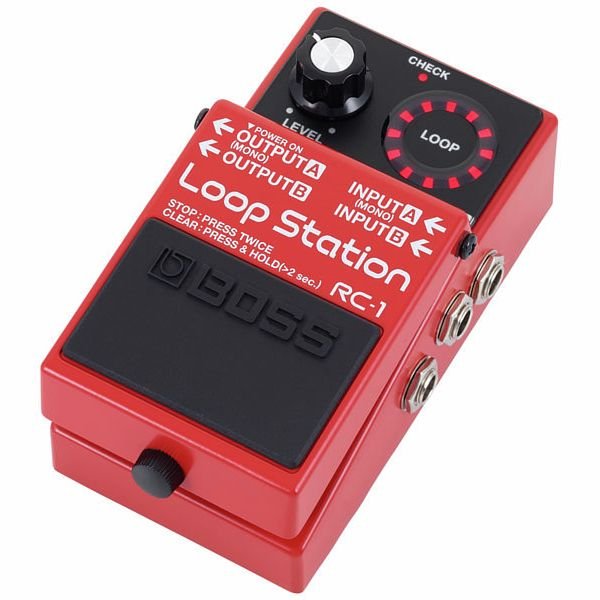
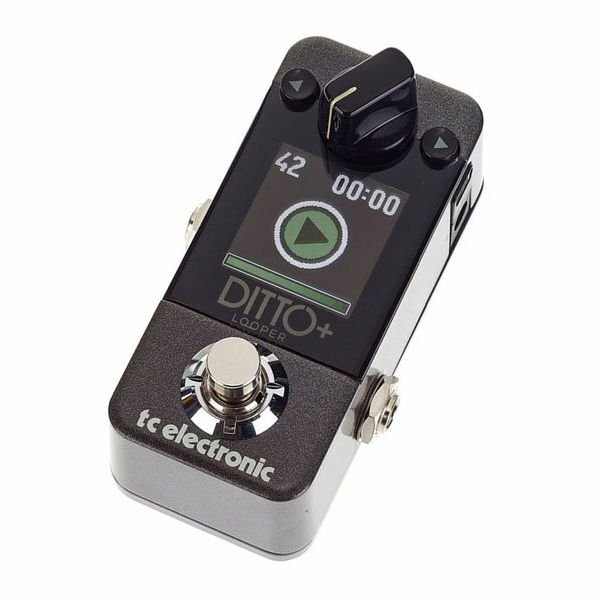
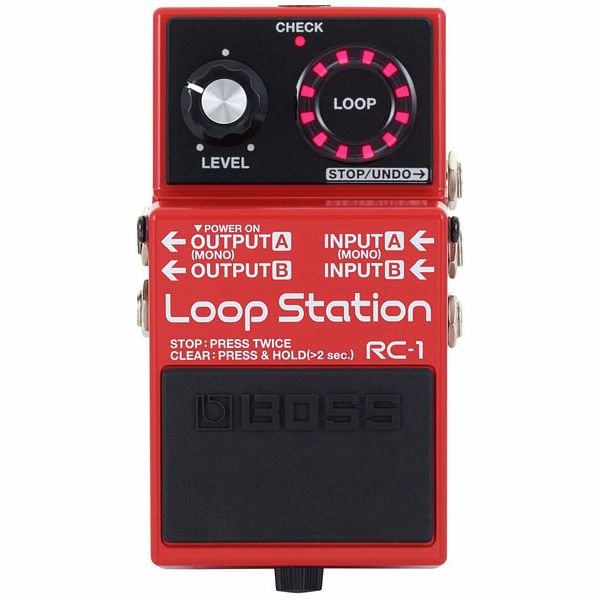
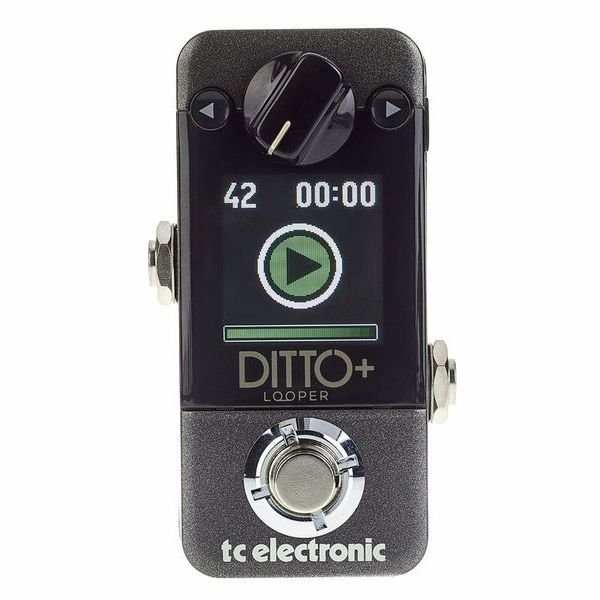
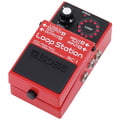
 Boss RC-1
Boss RC-1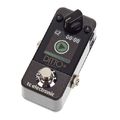
 tc electronic Ditto + Looper
tc electronic Ditto + Looper


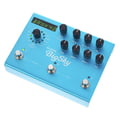
 Strymon Big Sky
Strymon Big Sky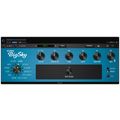




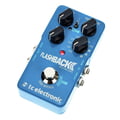
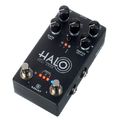
 Keeley HALO Andy Timmons Dual Echo
Keeley HALO Andy Timmons Dual Echo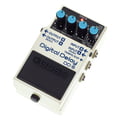
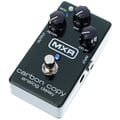
 MXR M169 Carbon Copy Analog Delay
MXR M169 Carbon Copy Analog Delay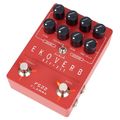
 Flamma FS22 Delay & Reverb
Flamma FS22 Delay & Reverb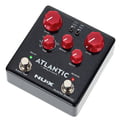
 Nux Atlantic Delay & Reverb
Nux Atlantic Delay & Reverb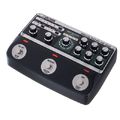
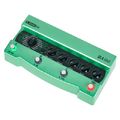
 Line6 DL4 MKII Delay
Line6 DL4 MKII Delay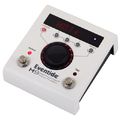
 Eventide H9 Max Harmonizer
Eventide H9 Max Harmonizer